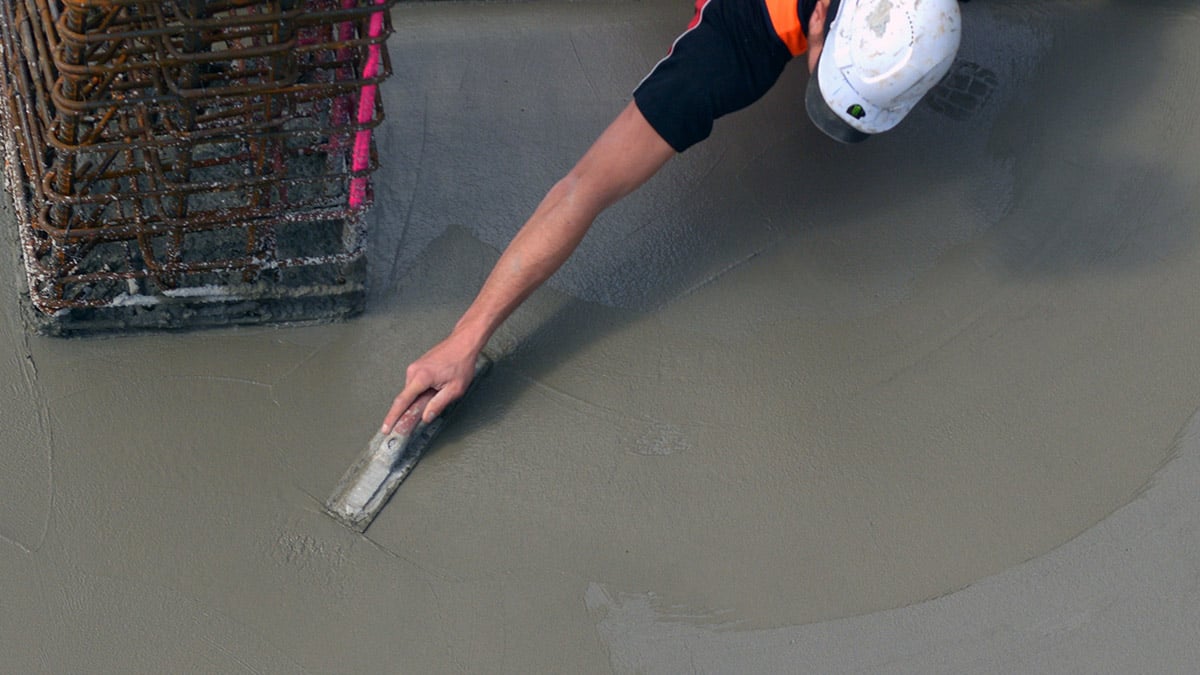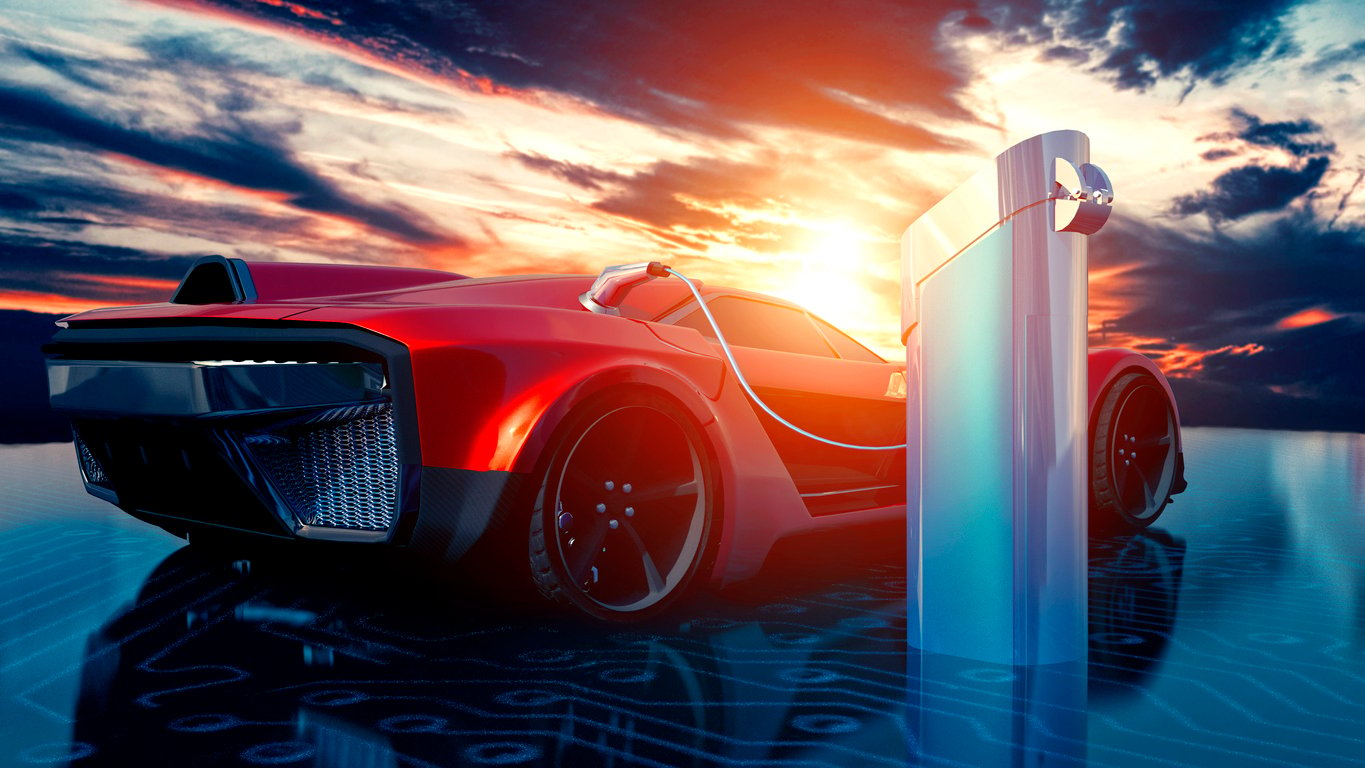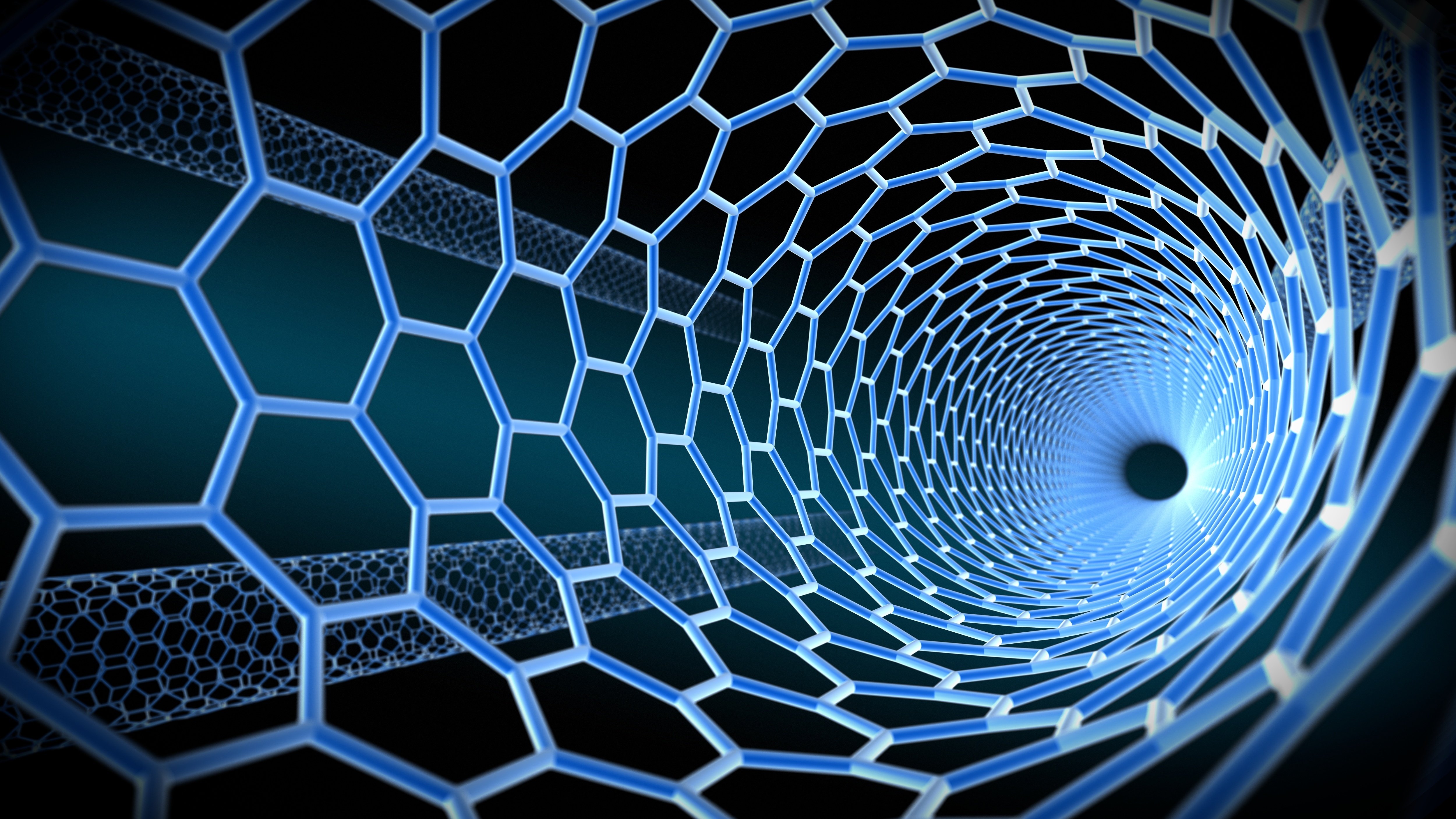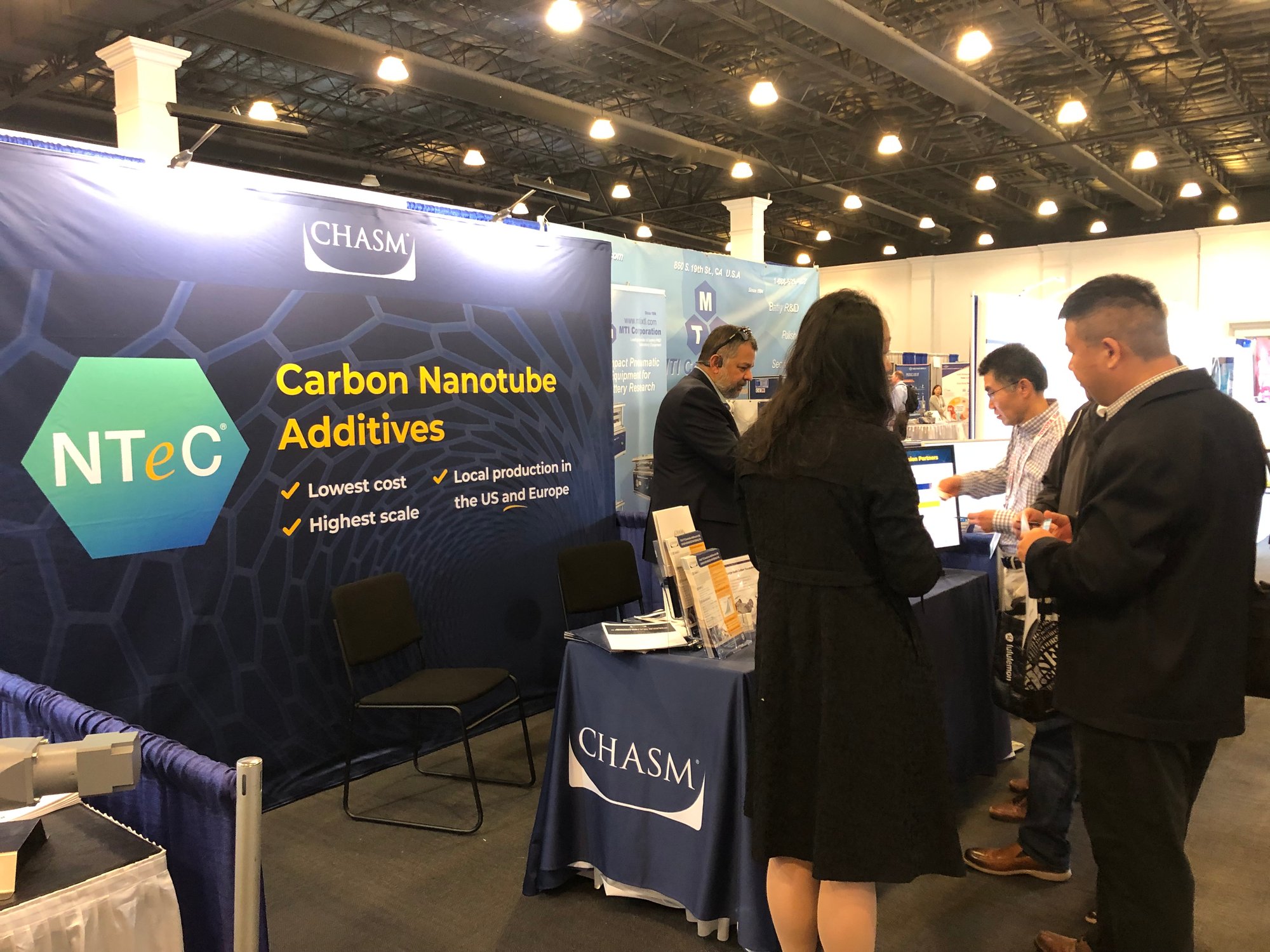Batteries have played a role in modern life since the Daniell cell in 1836, and greater use of batteries is being driven by advances in alternative energy, electric cars, mobile/IoT, and many other areas. There have been tremendous advancements in battery chemistry and processing methods that have allowed for smaller and longer lasting batteries. However, there are still many challenges that need to be overcome to truly innovate in the battery industry, such as capacity and discharge rate.
The need for batteries with higher capacity is pervasive across industries and many of the items we rely on in our everyday lives. Increasing the range of electric cars requires increasing the charging capacity of battery cells without decreasing the charging/discharging rate. The same challenges apply to modern smartphones, which continue to pack more power-hungry features into smaller packages. For example, the newer smartphones are even switching to a flex-dominated or all-flex PCB architecture simply to make room for a physically larger battery, with the end goal of increasing the time between charges. Even the use of renewable energy requires high performance battery materials to store energy when it’s made - for use when it’s not being made - as the case is with solar power. While proprietary high-power charging methods and power management techniques have helped extend battery lifetimes in both areas, increasing capacity and discharge rate are still the primary challenges to producing better batteries.
View a presentation on New Battery Materials from CHASM here:
Carbon Based Enhancements for Batteries Promise Improved Performance
Some reports in the battery materials industry focus on improving these aspects of battery performance by changing the battery chemistry, but this creates barriers to scaling and creates safety risks. A better approach is to focus on structurally modifying or doping carbon materials for use as anodes. Graphite is currently the industry-standard anode material for high capacity/high discharge Li-ion batteries, and a new class of graphitic carbon-based materials can provide higher capacity and discharge rates without creating safety risks. This alternative class of graphitic carbon as an anode material has a multitude of advantages such as:
- Lower internal resistance than bare graphite: The multi-walled CNTs have high electrical conductivity along the axial direction, allowing for ballistic charge transport. As the internal resistance of the CNT layer is lower, less power is lost as heat during charging/discharging. The lower resistance of the CNT layer provides faster charging compared to conventional graphite anodes.
- Higher thermal conductivity: CNTs have high thermal conductivity along the axial direction, allowing any heat to be easily transported away from the anode. This provides additional protection against temperature rise, heating during overcharging, and thermal failure.
- Greater Li+storage: The porous nature of the CNT means the exposed surface area to volume ratio is larger than that of a solid graphite anode, which provides greater charge and discharge capacity, respectively.
- Robust interparticle connections: The CNT layer allows particles to easily agglomerate with each other and form strong mechanical connections. This aids ballistic charge transport through the anode material.
It can also be immediately adapted for use in Li-ion batteries without changing battery chemistry. While NTeC products continue to be evaluated for a growing number of commercial applications, initial results are highly encouraging to early adopters. Pushing the innovation envelope enables the creation of products with new capabilities, breakthrough performance and superior value for customers.

.jpg)






















